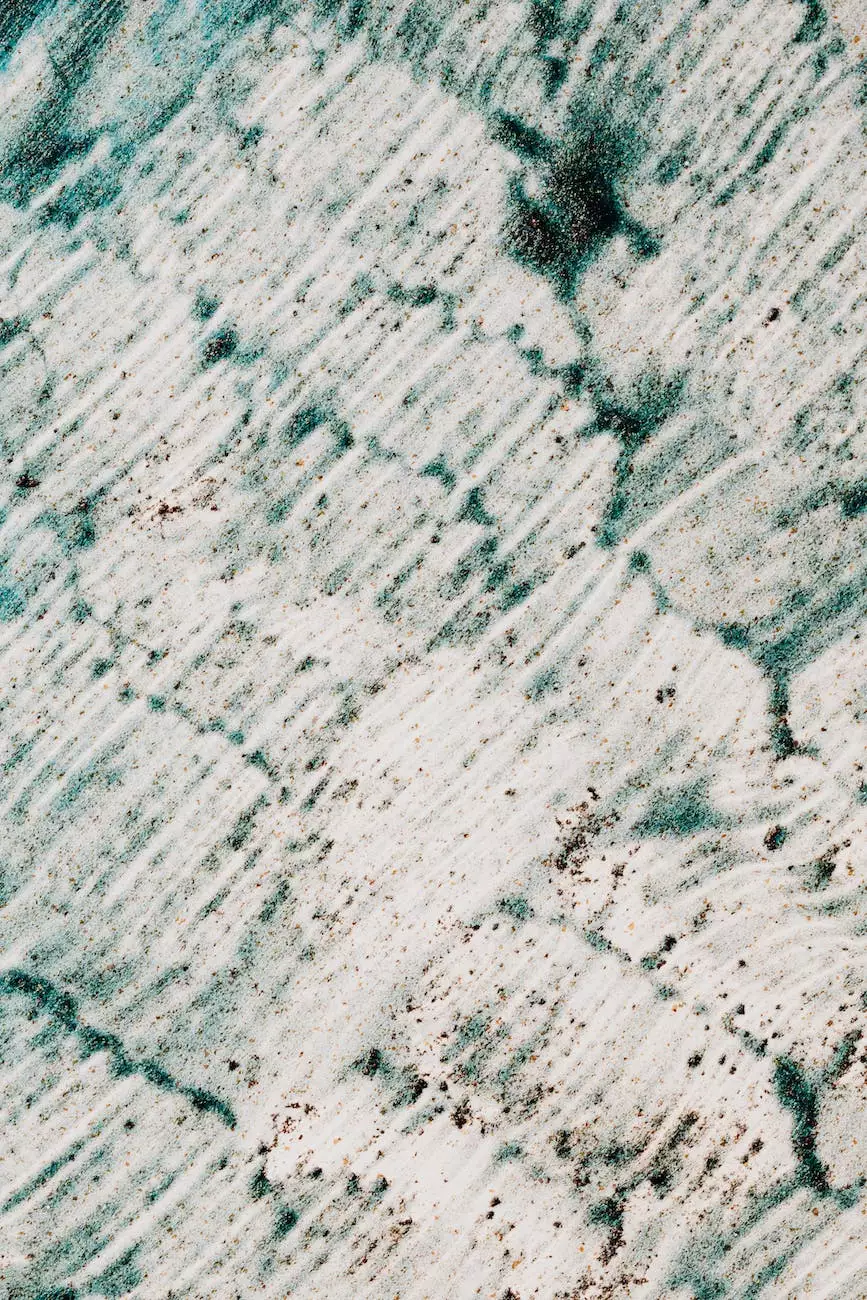Web Design Colours - Website Visitors
Blog
Introduction
Welcome to OrangeCoastWeb, your go-to destination for professional website development services in the Business and Consumer Services industry. In this article, we delve into the fascinating world of web design colors and their impact on website visitors. We'll explore the importance of selecting the right colors to create an aesthetically pleasing and user-friendly website that drives engagement and conversions. Let's begin!
The Psychology of Color
The study of color psychology reveals that colors have a significant influence on human emotions and behaviors. When it comes to web design, selecting the appropriate color scheme is crucial as it sets the tone and evokes specific emotions in users. Different colors evoke different responses, and leveraging this knowledge can have a profound impact on user engagement and overall website success.
The Power of Warm Colors
Warm colors like red, orange, and yellow tend to evoke feelings of excitement, energy, and warmth. They can be attention-grabbing and stimulating, making them ideal for call-to-action buttons or important elements on your website. However, it's important to find a balance and not overwhelm your visitors with an excess of these colors, as it could be perceived as aggressive or intrusive.
The Tranquility of Cool Colors
Cool colors such as blue, green, and purple are known for their calming and soothing properties. They create a sense of serenity and relaxation, making them perfect for websites that aim to convey a peaceful atmosphere, such as wellness or nature-themed sites. Cool colors can also help instill trust and reliability, which is beneficial for business websites seeking to establish credibility with their visitors.
The Neutrality of Neutral Colors
Neutral colors like black, white, gray, and beige are often used as the basis for web design because they provide a clean and elegant backdrop for content. They can evoke feelings of sophistication and professionalism. Combined with carefully chosen warm or cool accent colors, neutrals can create an aesthetically pleasing balance that enhances readability and user experience.
Color Combinations and Contrast
While individual colors have their own impact, the way colors interact with one another is equally important. Finding the right color combinations and creating contrast helps direct attention, improve readability, and enhance visual appeal.
Complementary Colors
Complementary colors are hues that are opposite each other on the color wheel, such as blue and orange or purple and yellow. These combinations create a harmonious contrast that can be visually striking when used effectively. Complementary colors can help elements stand out and attract the user's attention, contributing to a memorable and engaging web design.
Analogous Colors
Analogous colors are located next to each other on the color wheel and share similar undertones. For example, combining shades of blue, green, and purple can create a cohesive and calming effect. Analogous color schemes are popular for websites that aim to create a sense of harmony and continuity throughout their design.
Monochromatic Colors
Monochromatic color schemes use different shades and tints of a single color. This approach can create a sense of elegance, simplicity, and sophistication. By playing with lightness and darkness, you can add depth and visual interest to your website while maintaining a cohesive and unified look.
Consider Your Target Audience
When selecting the ideal color palette for your website, it's essential to consider your target audience and industry. Different demographics have different preferences and emotional responses to colors, so understanding your target market is key to effective web design. Conducting thorough research and studying industry trends can help you tailor your color choices to resonate with your intended audience.
Testing and Iteration
Building a successful website involves continuous testing and iteration. Once you have implemented your chosen color scheme, it's essential to monitor user behavior, engagement, and conversion rates. Analyzing the data will provide insights into the effectiveness of your color choices and allow you to make adjustments as necessary. A well-optimized website will consistently deliver exceptional user experiences and drive desired actions.
Conclusion
In summary, choosing the right web design colors is a critical factor in attracting and engaging website visitors. Understanding the psychology of color, utilizing effective color combinations, and considering your target audience will enable you to create a visually appealing and impactful website. OrangeCoastWeb specializes in website development, ensuring that your online presence aligns seamlessly with your brand and goals. Get in touch with us today to take your web design to the next level!




